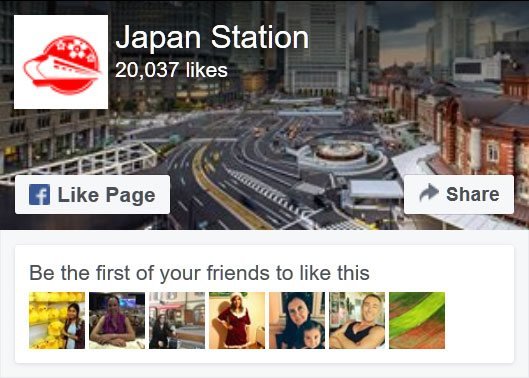Kintetsu Kyoto Station is a separate, private railway station run by Kintetsu Corporation within the greater Kyoto Station building. You can find it on the south side of the Kyoto Station building on the 2nd floor. The Kintetsu railway is useful if you want to travel from Kyoto to Nara and Yoshino in Nara Prefecture, or Ise, Toba and Kashikojima in Mie Prefecture. You can also use the Kintetsu railway to access Osaka Namba Station, however this route is very expensive and not recommended. See our article on traveling from Kyoto to Osaka to find a better route.
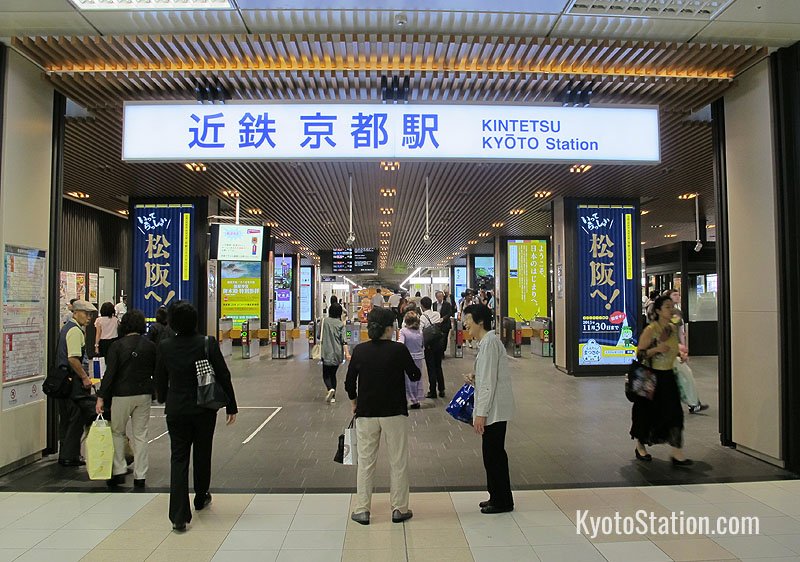
Kintetsu Kyoto Station
Table of Contents
Key Destinations
Nara
The city of Nara is famous for its many shrines and temples, many of which date back to the 8th century when Nara was Japan’s first permanent capital. Eight locations are UNESCO World Heritage Sites.
There are two rail lines that run between Kyoto and Nara: the JR Nara Line and the Kintetsu Kyoto Line. For a number of reasons the Kintetsu Kyoto Line is the most popular and if you don’t have a Japan Rail Pass this is the route you should use. Read our article on the Kintetsu Kyoto Line for Nara to find out more about this route.
Train fare: 620 – 1,130 yen depending on the train
Train time: 35 – 50 minutes depending on the train
Yoshino
Mount Yoshino in Nara Prefecture, is Japan’s most famous location for cherry blossom viewing. Thousands of cherry trees cover the mountain, and have bloomed beautifully here for hundreds of years. The town of Yoshino has many shrines and temples of historical significance and is a starting point for hikers and pilgrims heading for the sacred mountain of Omine. In 2004 Yoshino was listed as a UNESCO World Heritage Site.
Kintetsu Railways offer the best route to Yoshino, as the JR route is too expensive and complicated. We recommend paying the surcharge fee for a Limited Express for this journey. Take a train bound for Kashiharajingu-Mae Station and then change to the Kintetsu Yoshino Line for Yoshino Station.
Train fare: 2,550 yen
Train time: 1 hour and 40 minutes
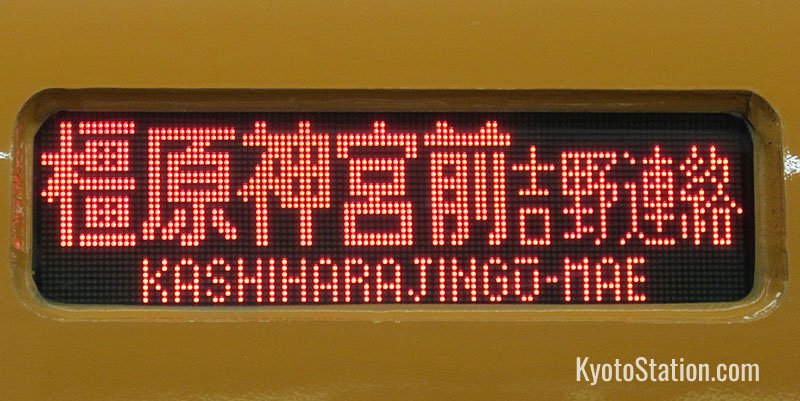
Station signs and destinations on trains are all bilingual
Ise
The major attraction in Ise, is Ise Jingu Grand Shrine, a huge shrine complex which is considered Japan’s most sacred site. Other local attractions include Ise-Shima National Park, the traditional wooden merchant houses of Kawasaki Kaiwai, and the sacred “wedded rocks” of Meoto-Iwa, two rocky outcroppings in the sea which are joined by a heavy ceremonial rope.
Kintetsu Railways offer the best route to Ise from Kyoto. We recommend paying the surcharge fee for the Limited Express train which will take you direct to Iseshi Station or Ujiyamada Station. Both stations are in Ise city, but Ujiyamada Station is the closest to Ise Jingu Grand Shrine. Read our comprehensive guide: Traveling from Kyoto to Ise-Shima
Train fare: 3,620 yen
Train time: 2 hours
Toba Station
Toba is a city by the sea in Mie Prefecture. Attractions in Toba include the Toba Aquarium, Toba Castle ruins, and easy access to Mikimoto Pearl Island, an island museum where you can see traditional women pearl divers known as “ama”.
We recommend taking the Limited Express for this journey.
Train fare: 3,890 yen
Train time: 1 hour and 15 minutes
Kashikojima Station
Kashikojima Station is in the city of Shima, a seaside resort on the scenic Ago Bay in Mie Prefecture. Nearby attractions include the Shima Spain Village theme park and boat cruises around the Ago Bay. The area is also famous for pearl cultivation. Kintetsu Railways run a luxury resort hotel here, the Miyako Resort Shima Baysaide Terrace. This city is not far from Ise, and might be a good spot to stay at if you are visiting the area with children.
Again we recommend taking the Limited Express for this journey.
Train fare: 4,430 yen
Train time: 2 hours and 45 minutes
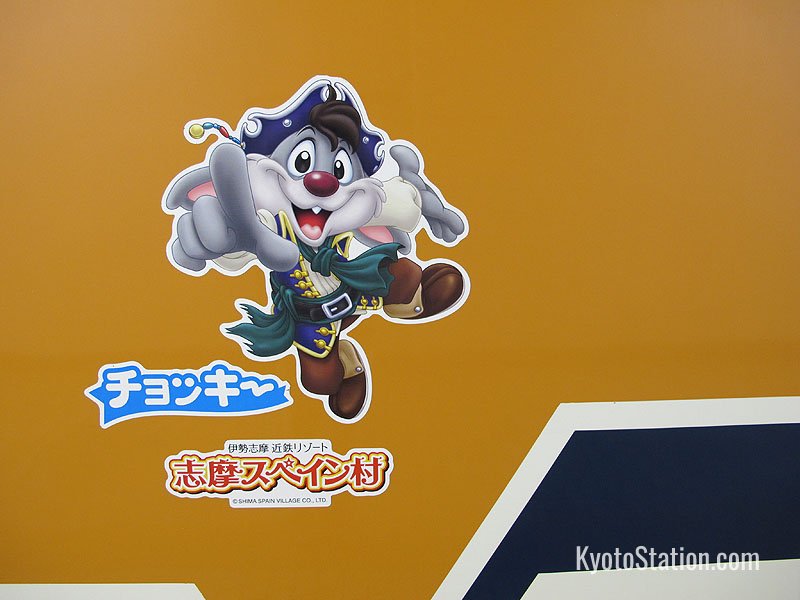
Trains bound for Kashikojima are emblazoned with characters from the Shima Spain Village
Planning Your Journey
Use English language online route finders like Jorudan and Hyperdia to plan your journey.
There is also a helpful free bilingual PDF which you can download from the official Kintetsu Railways website. This includes timetables for all services from Kintetsu Kyoto Station and a station stop guide. The same site also has a detailed route map of the Kintetsu Limited Express network with links to station maps.
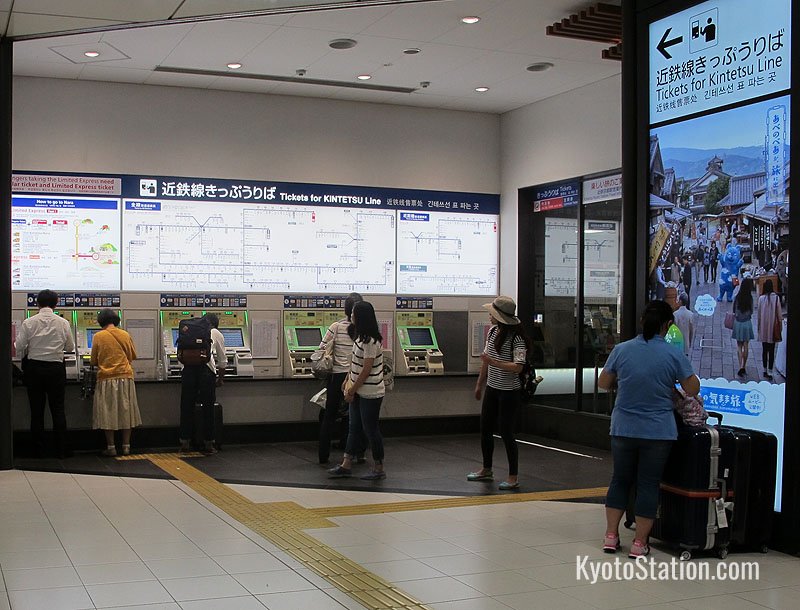
Ticket Machines at Kintetsu Kyoto Station
Buying Tickets
Kintetsu Ticket machines have an English button in the upper right hand corner. The fare chart above the ticket machines is also bilingual. You can see a full guide to buying tickets on the official Kintetsu Corporation website.
Discount Tickets
Because Kintetsu train services are run by a private corporation they are not covered by the Japan Rail Pass. However, Kintetsu Corporation does offer a range of discount rail passes. If you plan to use Kintetsu railways a lot, then these could offer some savings. Check the official Kintetsu Corporation website for details.
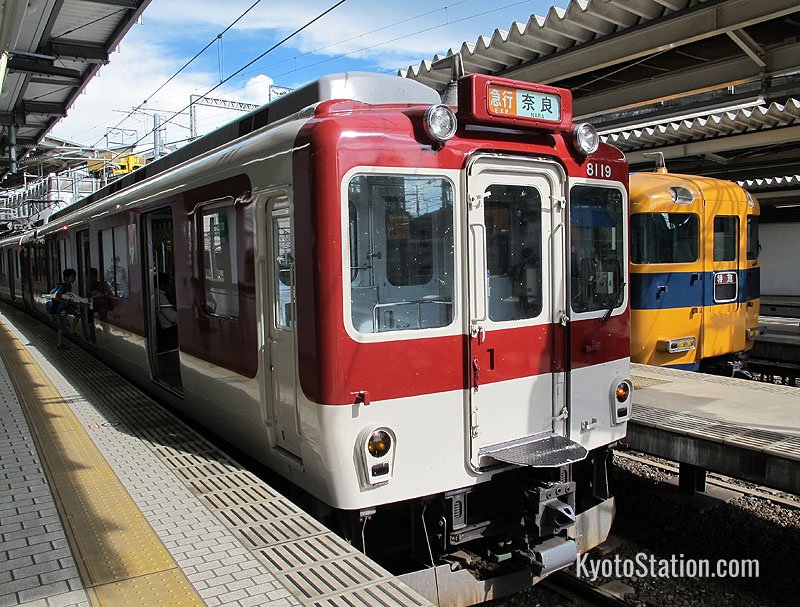
Kintetsu Trains at Kyoto Station
Finding Your Train
There are four platforms in the Kintetsu Kyoto Station. Limited Express trains depart from platforms 1 and 2. Local trains and Express trains depart from all platforms. If you have not bought a Limited Express ticket, be careful not to board a Limited Express train by mistake as the conductor will charge you the extra surcharge fee when he checks your ticket.
Kintetsu Kyoto Station Layout Map
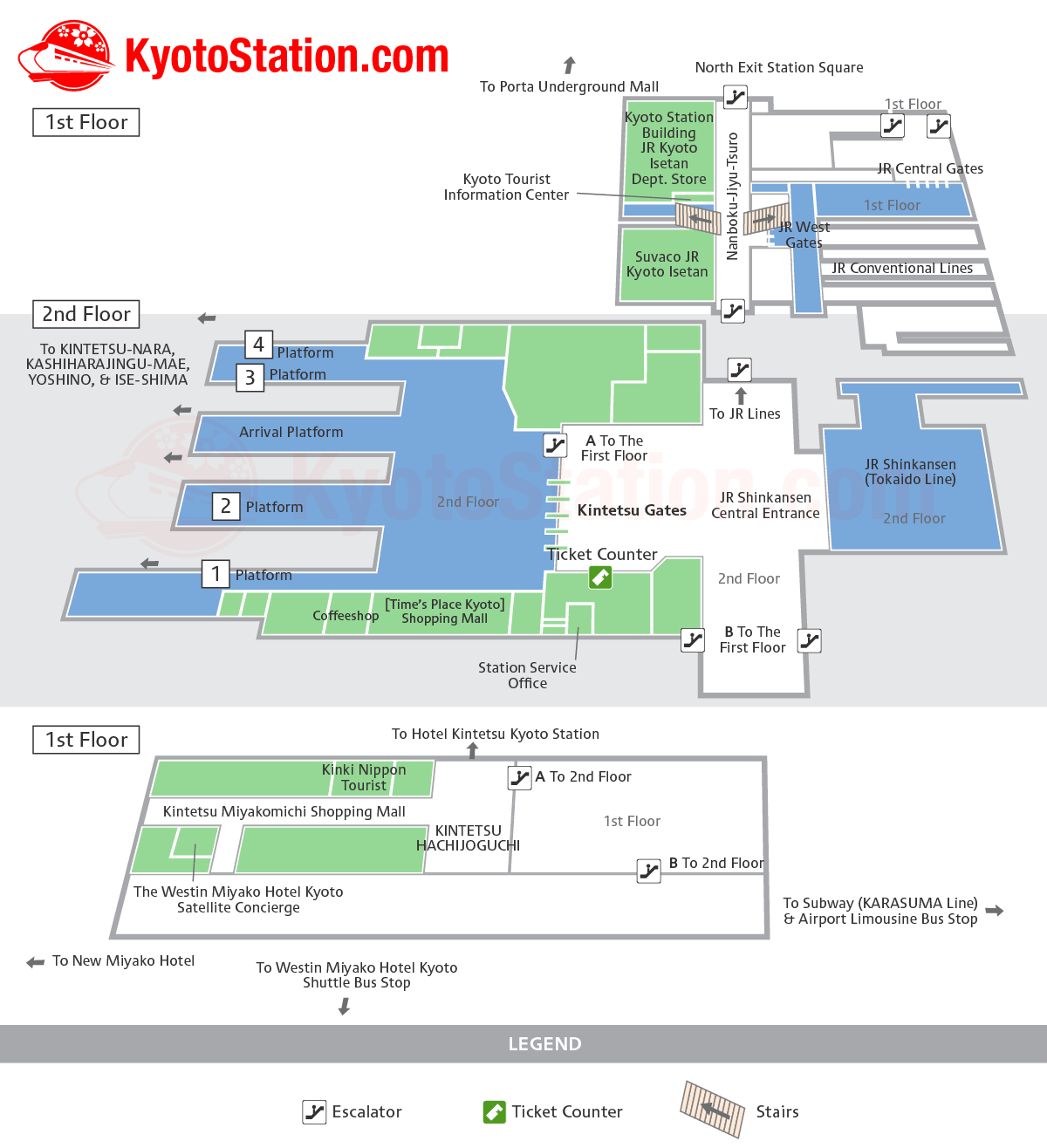
If you are traveling from elsewhere in Kyoto by the Karasuma Subway Line, you can also join the Kintetsu Kyoto Line by transferring at Takeda Station.
